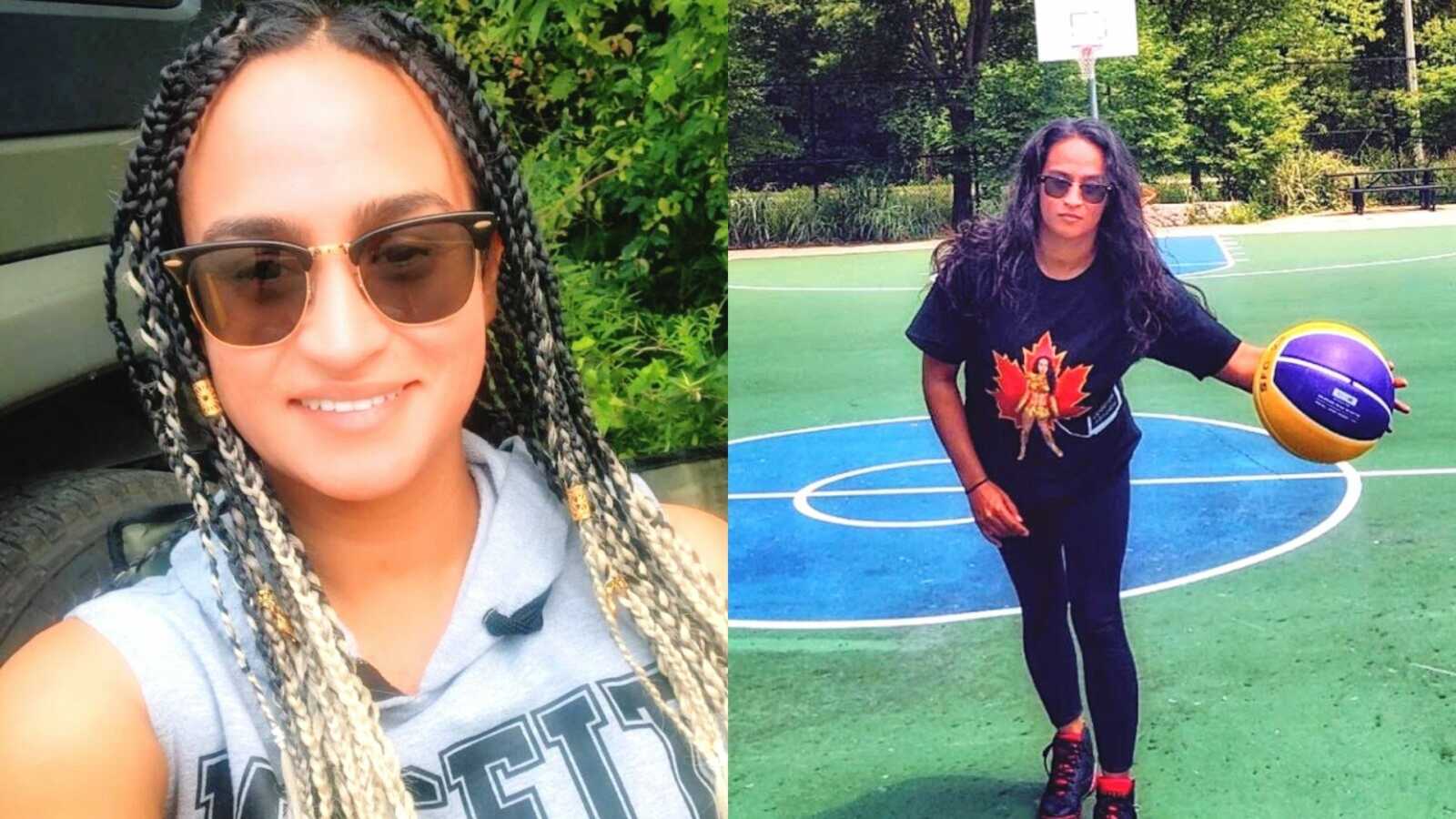This is part 1 of Emma’s journey. You can read part 2 here.
“My name is Emma, and I am 34 years old. I am a survivor against all odds of a rare medical discovery at birth. I am the FIRST child in the world to survive birth with a Congenital Abdominal Aortic Aneurysm (AAA) AND survive an Open AAA Bypass surgery to have my aorta repaired, at 1 month old, for what medical professionals call ‘A Medical Miracle Mystery.’
The aneurysm in my abdominal aorta was rare in size, measuring 2.4 inches in diameter, comparable to the size of a grapefruit. If you can imagine that, it would take up the space of my entire abdomen in my neonate body. The aorta is the cardiovascular system’s main ‘highway’ transporting oxygenated blood away from the heart and down to the legs. An aneurysm is a ‘ballooning’ weak spot in the artery-blocking blood supply from passing through it. In addition, what makes my condition exceedingly rare is the ‘congenital’ aspect. Congenital means that the aneurysm was formed in the gestation period, basically, in my mother’s womb. It was detected as a cyst in ultrasound imaging, in hindsight. My survival is considered ‘miraculous’ because Congenital Abdominal Aortic Aneurysm survival in infants is highly UNcommon. What IS common, however, are Aortic Aneurysms in Adults aged 50+, making it extremely abnormal for me to have been born with an aneurysm.
Upon discovery of the aneurysm, my parents and sister were told to take me home, advising that I would pass away within 2 weeks due to rupture of the aneurysm. My mother, who was nursing at the time, was connected in the nursing field and was not in favor of that advice. Doctors were reluctant to operate on me due to the rarity of my condition and the low survival rate caused by rupture, trauma, internal bleeding, and other complications. If the aneurysm was left in my aorta, the collateral arterial blood vessels that my body had created in a survival effort, would not be sufficient enough for my development. My mother navigated through her network of colleagues and discovered Dr. Dobell and Dr. Latter, who agreed to do the experimental ‘Guinea pig’ surgical procedure. My mom says till this day, ‘Emma, when Dr. Dobell looked at you, he said, ‘We’ve got to give Emma a fighting chance.”
I survived my 1st Open Abdominal Aortic Aneurysm (AAA) Bypass Surgery at the age of 1 month old, at the Children’s Hospital in Quebec, Canada.
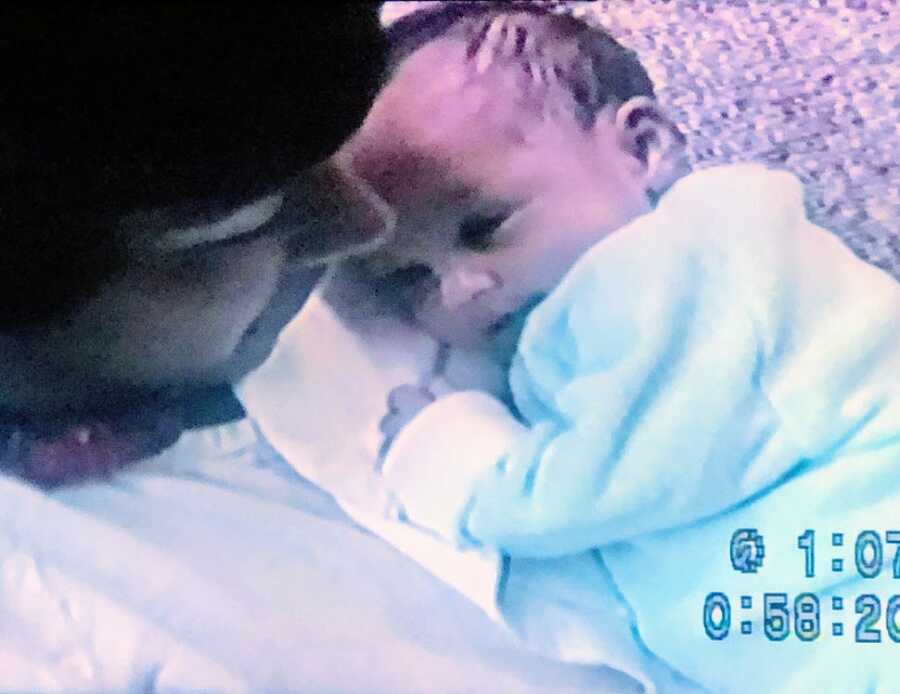
I am an anomaly for setting precedent in the International Public Medical database for surviving this rare condition discovered at birth. As far as dated literature goes back, according to a systematic review article that was written in 2015, I am the eldest, out of 26 reported cases, and 11 known survivors internationally, to be born with this rare condition, that is yet to have a known etiology.
My condition and recovery were very difficult for my family. My mother and father came to Canada as immigrants from England, although originally from South Africa and Ireland, making family support physically challenging. They had a few friends and nursing colleagues of my mothers, who were very supportive during this time. It was hard for them to be unable to take me home for the first couple of months of my life, and have to visit me in hospital, wondering if I will make it through. It’s difficult for parents with two young children, let alone caring for one with an unheard-of medical condition. I had the regular gas pains and digestion discomfort as all newborn babies do, except my parents had to additionally tend to the massive incision consisting of stitches, from my chest down to my navel, for months following discharge. It was a constant worry for them, but they did their best to do what they had to do, and take all the precautions necessary, without any precedent to follow. I mean, little did we know that my life was setting precedent from the moment I survived.
Being the first of ‘my kind,’ we didn’t have any guide to follow, and doctors didn’t know how to manage my parents’ expectations going forward. They were unsure what life would look like for me, in terms of my development and functioning to keep up with the level of my peers in all aspects. They were unsure how long the prosthetic ‘graft’ that was put in me in the Bypass surgery, would hold up. All graft material has a ‘lifespan,’ where complications can occur, such as blockage, narrowing, internal bleed, scar tissue, etc. I had yearly follow-up appointments for imaging of the graft throughout my childhood to monitor it.
My parents raised me with a conscious awareness around having a ‘rare condition’ and the importance of not overexerting myself, being cautious to avoid high impact sports, and being in tune with bodily indicators of ‘not feeling right.’ Growing up, a lot of the unknown made me feel restricted, like ‘I couldn’t do something,’ not because I didn’t feel like I couldn’t, but because I was told not to in fear of what ‘could happen.’ I attribute my mental toughness to my rebellious, determined, ambitious, hard-working mindset and moral code of ethics that I developed from a very young age, often living with an emphasis on subconsciously defying the odds against me. I took an interest in school sports playing on the Basketball, Volleyball, and Track teams in elementary school, even winning awards in 100m, 200m, and relay track-meets. I loved the game of soccer but my parents feared it would be too strenuous on me. I would go to my friends’ soccer games to watch, until one day my friend’s dad was coaching and didn’t have any players to sub-in, so he threw me a jersey and said, ‘You’re in, I’ve seen you run.’

As I continued to play as a substitute for the team, I was scouted by an opposing team’s coach who also coached the team one year older than me for the same Club, to play on the All-Star team. I was about 14 years old at the time and needed my parents’ permission to play at that level and some proper cleats and apparel too, of course. My parents were hesitant, but I was persistent and adamant about playing. From then onward I started to play competitive soccer, often playing for the 1-2 year league levels above me, playing in weekly practices, games, and having weekend tournaments in various cities around Ontario. I loved to stay busy with sports, as well as vocal training.
Music has always been instrumental in my life as I had the ability to feel deeply from a young age, using music as a way to process and outlet my emotions. I started my first job at age 13 delivering papers for the local newspaper and at age 15, I got a second job at a local Mcdonald’s. By the age of 17, I was working 2 retail jobs, while doing a co-op at a Law Firm, playing soccer, and still attending High School. I started to notice my legs would cramp up entirely and my feet would go numb when I played soccer, but I didn’t know what it was. Teammates would feel my hard calves and say, ‘This isn’t normal, Emma.’
I continued to play competitively until age 18, thereafter playing on competitive co-ed leagues until 21 while simultaneously experiencing increasing physical symptoms. I often led with a ‘mind over matter’ mentality and maybe subconsciously I didn’t want to know what was going on, for fear that complications I didn’t understand were occurring. I wanted to keep playing soccer, socialize with my friends, pursue my university education and continue my career in Law at the Criminal Law firm I was working at, at the time. In hindsight, I think sports, especially soccer, helped to save my life throughout my childhood and teens, by forcing my body to create more collateral arteries to keep the blood flowing down to my legs. Meanwhile, my strict upbringing and being part of various sports teams and work teams were teaching me self-discipline and endurance. It really prepared me for things I didn’t realize I was being prepared for.
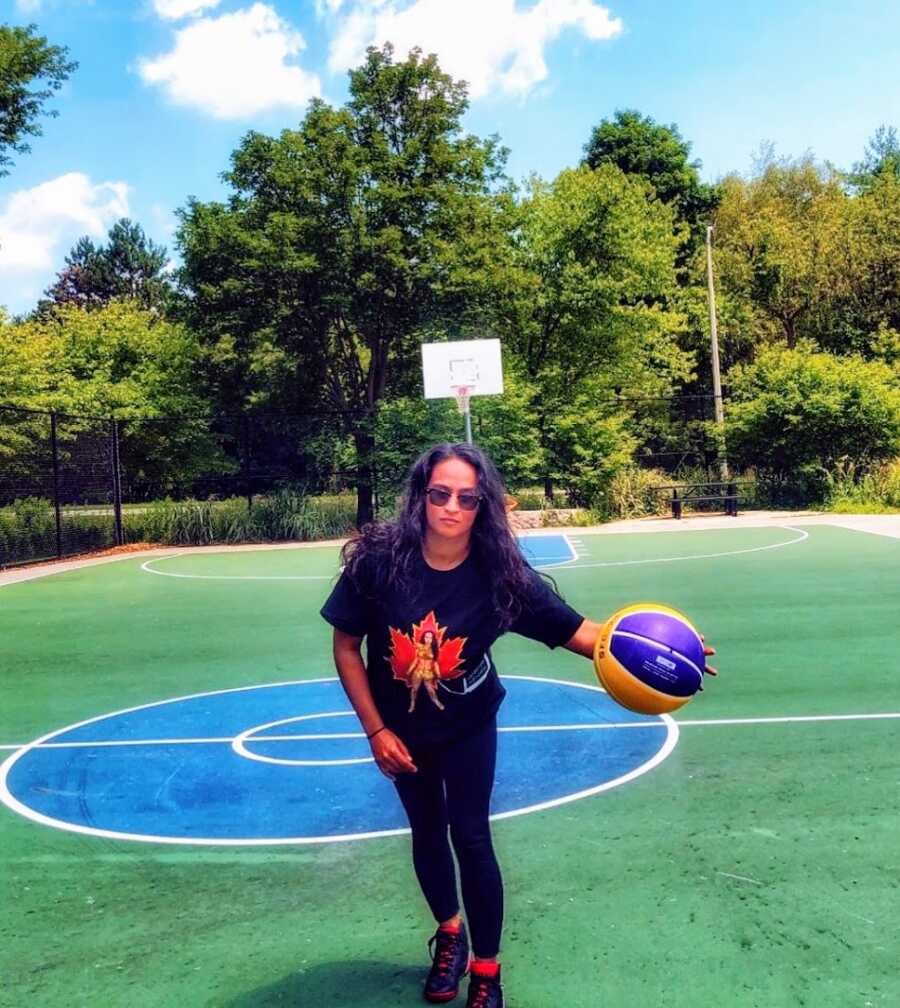
During the time I was feeling symptoms, but I didn’t know what to expect or feel when complications were occurring inside of me. I was sheltered in my understanding because of the limited knowledge I had. I internalized my symptoms like muscle aches, shin splints, and dehydration, trying to relate myself to others, not fully understanding that my symptoms wouldn’t be common in my peers. Growing up, I wasn’t very open to sharing my condition with my peers, partly because I didn’t understand it so I couldn’t explain it, and the other part was because I didn’t want to feel at a disadvantage. I wanted to push myself the same way others did. I didn’t see myself as ‘different,’ or ‘alienated.’
I always had lots of friends, from school, sports teams, and work colleagues, and they didn’t treat me any differently than the level I presented myself to be at. The pain started to restrict me from walking up the 3 flights of stairs at the Law Office, and shortness of breath while playing soccer games after work, and even while wearing a pair of heels while out clubbing. I knew I had to get medically checked out. Doctors shockingly discovered that the graft in my abdominal aorta was blocked and that I was symptomatic because I was only getting half of my regular blood flow to my legs through the ‘collateral arteries’ that my body had created as an infant throughout my development. Collateral arteries are small tiny branch-like arteries that pass limited blood flow at a slower rate, around the area that is compromised, in a survival effort. I was terrified when I learned I would need another bypass surgery.
To be fair, I didn’t know how serious it was or what to expect in recovery. I just knew the large incisional scar I had on my abdomen from birth, would need to be reopened for another major surgery with high risks. I was more fearless then and was faithful that I would survive the surgery, but I had no clue what the healing process would look like.
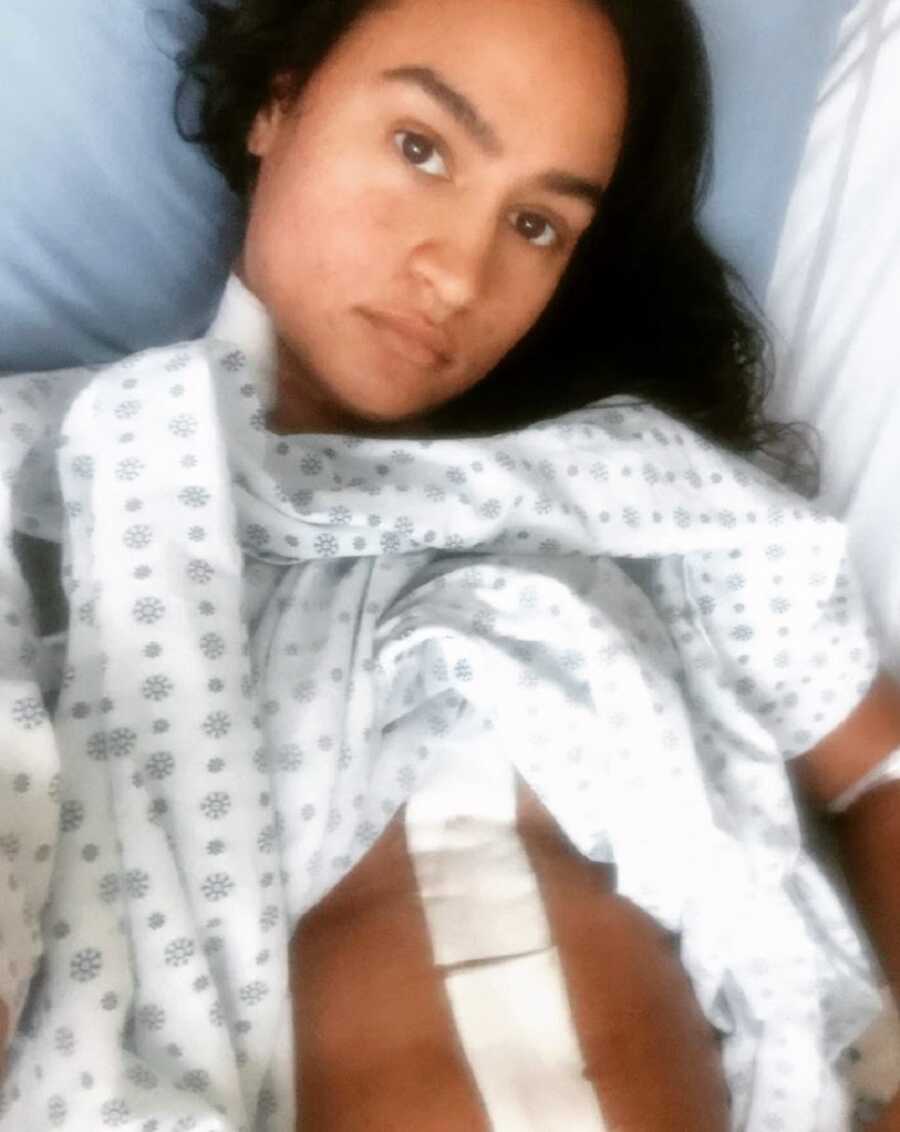
I endured my 2nd Abdominal Iliac Aortic Bypass surgery in 2009 at a hospital in Toronto, at the age of 21, to replace the graft on my Abdominal Aorta. Miraculously, the operation was assisted by Cardiac Surgeon Dr. Latter, who was part of the initial ‘Guinea Pig’ operation on me when I was born. Thanks to my mother for stumbling upon his name on a wall plaque recognizing him at the hospital she was working at in Toronto during that time.
My family, friends, and colleagues were all very supportive leading up to the surgery and in recovery, although many were not able to fully comprehend what was happening, they all did their best to visit me and help out. Being 21 at the time, the massive surgery was difficult to endure physically, even though my infant body had endured it before, it was much different being an adult and adding in the psychological and emotional aspect to my healing process, while not knowing what my future would be like after the procedure.
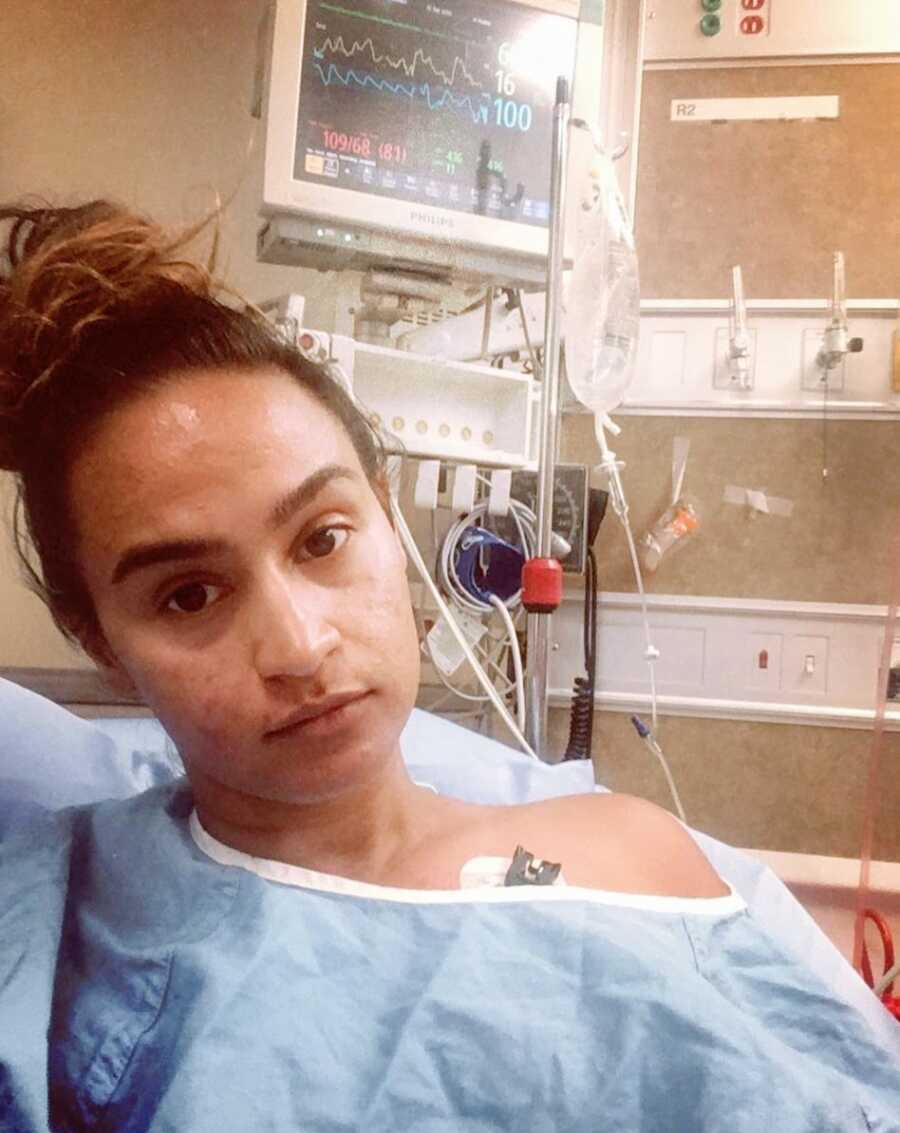
I had to create my own course of rehabilitation, as there weren’t any facilitated rehab groups to attend or people to relate to at my age that were enduring this. I had to walk multiple times and distances daily, to keep my cardiovascular system active, and reduce the risk of blood clots and any additional post-surgery complications. I had to change my diet to a vegetarian diet, which was quite difficult then, as there were not as many plant-based options then as there are now. I did this upon medical off-the-book recommendation to keep my vessels free from plaque and blockage that could be caused by a diet that includes meat. I did a lot without fully understanding the impacts and consequences of things I did and didn’t do.
After the first year of my physical recovery, I had to focus on getting back to work, continuing my education, and healing on all levels. I completed my Paralegal Diploma while taking up part-time work as a Court Reporter and Banker. As I continued on in the corporate world I was simultaneously growing interested in the practice of Yoga and wanting to learn to incorporate its teachings to aid myself on my physical, emotional, and conscious healing journey. I started to see a gap in work-life balance and I grew passionate about teaching others all that I was learning through self-healing holistically.
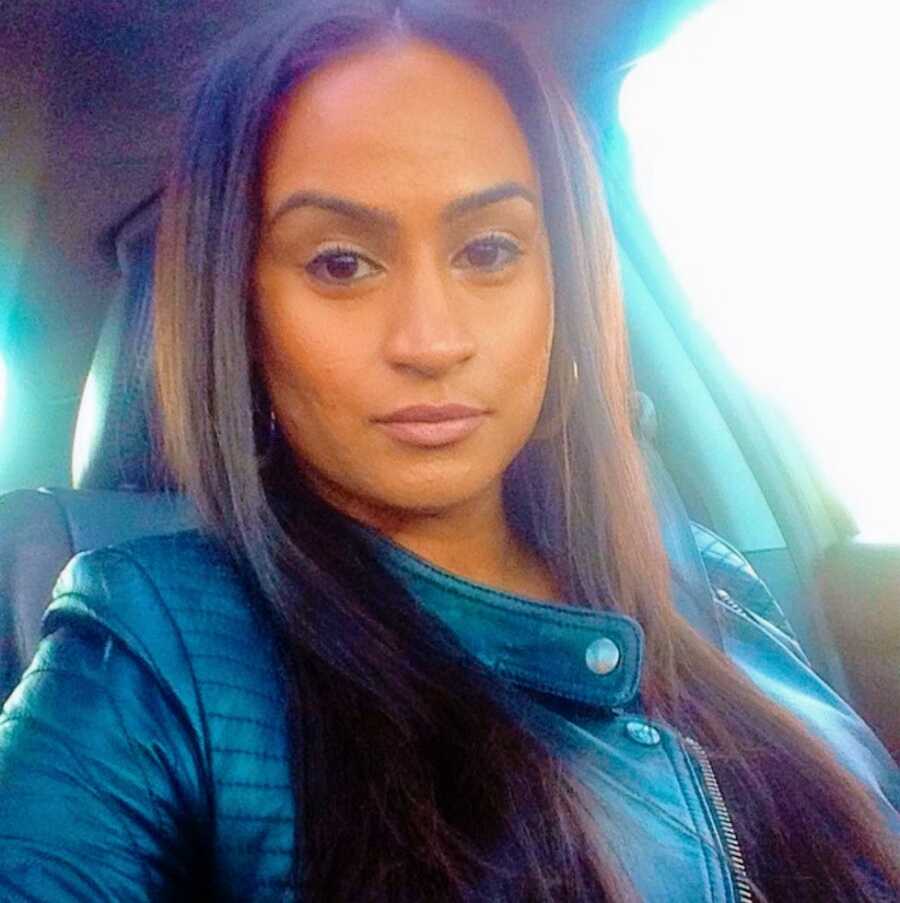
In 2014, I completed my first yoga teacher training course and began teaching. I had been starting to feel generally unwell over the year of 2015 leading into 2016, but I was unsure of the root of the cause because my symptoms were often masked upon investigation. I wanted to travel to gain more experience, refine my skills and experience the world and other cultures. I knew I had to go somewhere to learn and prepare my mind and body for what I didn’t know was coming, in a place that allowed me to be completely immersed in my healing. It was tough to explain to doctors, work, and friends what I was going through when I didn’t know myself but I could feel it.
I was under the impression that the 2nd bypass graft could last me for the rest of my life. I didn’t suspect the symptoms I was feeling were due to another complication of the graft. In 2016 I ventured off into the jungle of Costa Rica, to live in a glass treehouse for two months while taking another yoga teacher training. Upon my return, I resumed teaching locally until July 2017, when my graft completely blocked, almost 9 years later, leaving me barely able to stand on both feet. I had just finished teaching a 6 a.m. yoga class and was experiencing some of the most severe pain I’ve ever felt. I drove myself to the hospital ER, the nurses took me in right away and were in complete shock that I was standing before them with such reduced blood flow going to my legs. In order to avoid the risks associated with another Open Abdominal Bypass procedure, I opted to attempt to preserve my graft through Endovascular surgery to unblock the graft with declotting medication.
Although this procedure carries high risks, it is less invasive than Open Abdominal surgery, where the point of surgical entry is through an incision in both groins. It was nonetheless a torturous experience, losing half of my blood count and in borderline need of a blood transfusion. I had to build the blood cells back up with large doses of iron supplements and special diet foods. This experience was mentally hard, as I had to endure 18-24 hours of surgical procedure and ICU treatment, while awake. Even pain medication like fentanyl wasn’t enough to numb the pain. It was excruciating.
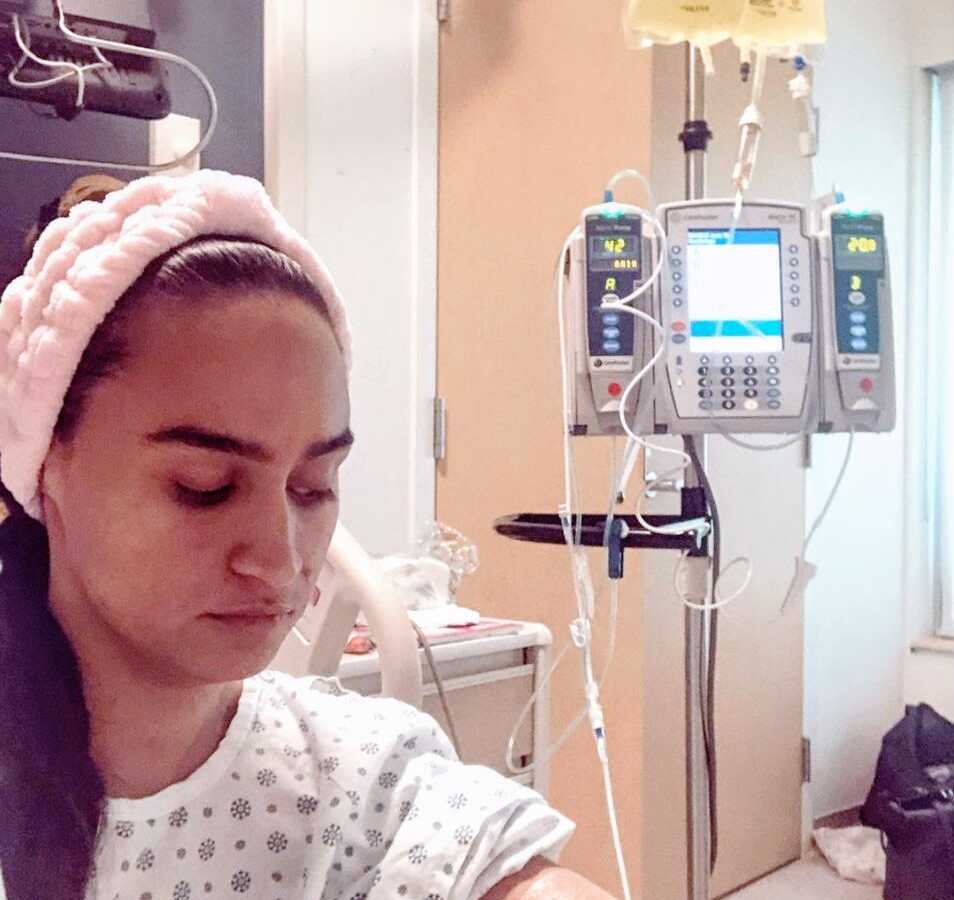 About 3 months after that procedure, the graft complicated reducing the blood flow again. I was getting into my car starting off my day when I got a call from my surgeon telling me I had to get to the hospital immediately for surgery as my graft had blocked and that he would need to act right away for better chances of trying to unblock it again, through another endovascular surgery attempt. I was in shock and didn’t want to undergo it again but I didn’t feel like I had much of a choice. I had to rise to the occasion and try to give myself the best chance in this continual fight.
About 3 months after that procedure, the graft complicated reducing the blood flow again. I was getting into my car starting off my day when I got a call from my surgeon telling me I had to get to the hospital immediately for surgery as my graft had blocked and that he would need to act right away for better chances of trying to unblock it again, through another endovascular surgery attempt. I was in shock and didn’t want to undergo it again but I didn’t feel like I had much of a choice. I had to rise to the occasion and try to give myself the best chance in this continual fight.
With a fear of complications from the last procedure and the feeling of my back against the wall, I decided to proceed with another Endovascular surgery. To me, this was a way to buy more time before another inevitable Open Abdominal Aortic Bypass surgery.
I spent most of that time strengthening my mind, body, and my faith, to be able to endure the inevitable. I battled with it mentally, whether I felt I could endure more pain or not. I didn’t want to keep living my life around hospital appointments and fear of where I would be when the graft complicated again unexpectedly. I started to research more about the Cardiovascular system and common aspects of my condition in adults, what a graft was and how it can experience complications, and what kind of risks I would be up against going forward. I also started reading articles to make an intentional effort to find my own write-up in the Public Medical Journal. I had a lot of support around me, but my condition is hard to explain in layman’s terms, so I had to do a lot of self-learning to better understand what I was going through and be able to explain it to my family, inner circle of friends and support team.
With limited blood flow in my legs, it carries a feeling like my legs are suffocating, along with the soreness one would feel after a complete body workout, except I feel the same pain without the workout. I get very lethargic. I experience a lot of scar tissue pain. I often feel numb to pain at times because my threshold for pain has expanded beyond what I consider ‘normal’ for myself. I have had to do a lot of my journey without prescribed pain killers and opioids as a personal choice, in order to avoid any other adverse effects from its use. I feel like my body has endured enough torture to last a lifetime. This ‘bandaid graft’ slowly narrowed and deteriorated through the year of 2018 midway into 2019, again reducing blood flow slowly.”
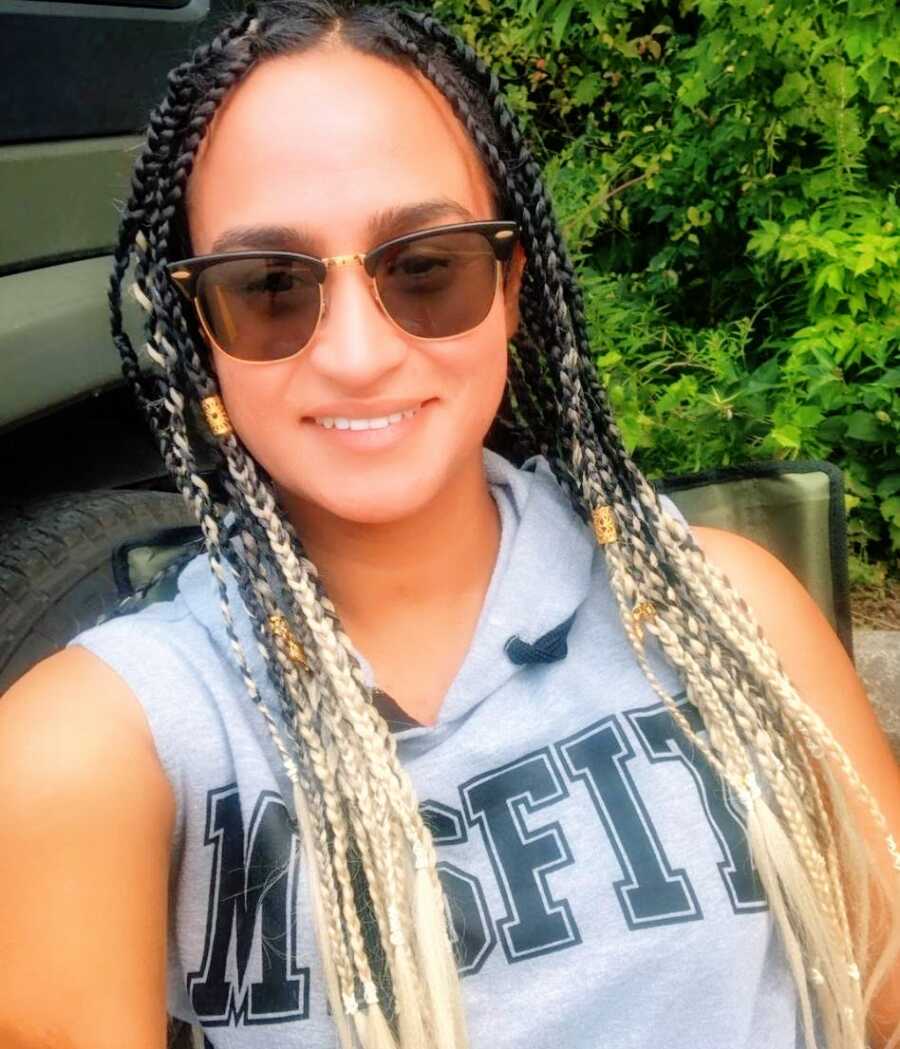
This story was submitted to Love What Matters by Emma Fitzgerald from Toronto, Canada. Follow her journey on Instagram accounts and her websites here. Submit your own story here, and be sure to subscribe to our free email newsletter for our best stories, and YouTube for our best videos.
Read more stories like this here:
Do you know someone who could benefit from this story? SHARE this story on Facebook to let others know a community of support is available.

